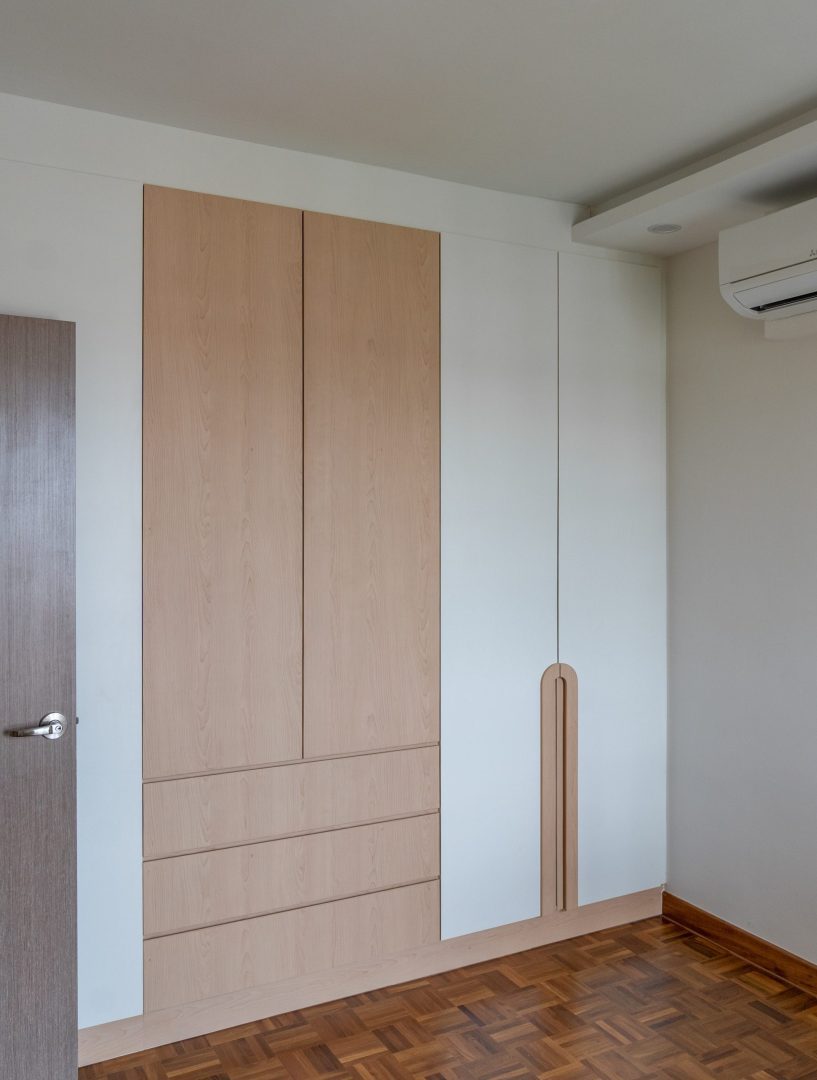Neglecting Future-proofing
Quick tip: Put some thought into future proofing your home – Will you be having kids? If you don’t have intentions to move, will your home still be ideal when you get older? Will your elderly parents move in with you? Planning ahead will make it easier to adapt your home’s layout and features when it’s time to start catering for the needs of your family members, whether young or old.
Following Design Trends Blindly
Sometimes it is easy to get carried away with many popping renovation ideas for your first home, especially when there are countless Instagram accounts showcasing the latest trends and YouTube home tours videos. However, before you jump right in, consider carefully if these design trends will age well and if you genuinely like the design. If the design is no longer in trend, will you still like it 5 years later?
Also, consider if the design is practical for your lifestyle. For instance, having artificial plant walls is incredibly aesthetic. Yet, it is also notorious for housing bugs and lizards that are common in our climate.
On top of that, certain materials are not suitable for specific areas of the house. For example, you may be tempted to use wood/marble finishing in the kitchen or bathroom but when continuously exposed to water, over time these materials could start to stain, making them not the most practical design.
Shopping for Furniture and Appliances Before Planning for your Home
It’s all too easy to fall in love with that L-shaped 5 seater sofa that’s 2.8 meters long, but you’ll soon experience buyer’s regret when you realise that there is barely space left to comfortably maneuver around. For that it’s important to get the measurements right before committing to a big ticket item purchase.
The same goes for large electrical appliances, such as the fridge and washing machine. Depending on how big your kitchen is, you may wish to scale back on the size of your purchases to ensure the right fit.
Not Setting Aside Some Funds for the Unexpected
It is great to plan a budget and stick to it. But truth be told, not everything will be smooth-sailing and executed perfectly as planned (even more so if you’re making over a resale home). Set aside about 20 percent more of your budget for renovation ‘emergencies’. Some of the main culprits of additional costs include repairs/refurbishing works for old electrical wiring and plumbing.
Saving Where You Should Splurge
Spending money on cabinetry, hardware and other essential fixtures is almost always worth it – Because how well these components work is directly tied to how comfortable life in your new home will be.
Plus, it’s not hard to visualise the consequences of scrimping on the wrong things – just imagine being stuck with a faulty tap or an un-flushable toilet in the morning while rushing for work, and you’ll understand the (instant) regret of not spending a couple of dollars more on better-quality goods.
Falling Prey to Renovation Packages
When renovation packages sound too good to be true, it probably is!
If you are signing up for a renovation package, check beforehand what are the breakdown of costs that are excluded in the package.
Also, you would most probably want to do without too many freebies inside the package as well. Choose IDs that provide you with transparent, itemised pricing – that way, you will be able to see what exactly you are paying for inside your contract.
Quick tip: Do not immediately go for overly cheap labour as it may backfire, causing you to spend more money because of poor workmanship.
If you are looking for interior designers that do transparent, itemised pricing for renovations, feel free to contact us at 9736 8330!




